Product Name: Aluminum Forging
Product Type: Metal Forging
Material: Aluminum
Shape: Customized
Surface Treatment: Anodizing, Powder Coating, Spray Painting, Polishing
Production Process: Die Casting, Press Forging
Advantages:
1. High strength-to-weight ratio
2. Superior mechanical properties
3. Enhanced resistance to fatigue and wear
4. Tight dimensional tolerances
5. Cost-effective production
| Color | Silver |
|---|---|
| Material | Aluminum |
| MOQ | 1 Pcs |
| Sample | Available |
| Place of Origin | China |
Product Details
With more than 20 years of online aluminum machining experience, MINGYU Tech. is a trusted aluminum processing solution provider for many industries including aerospace, marine and energy. We specialize in complex multi-axis machining and can machine a variety of aluminum alloys, from soft and ductile to hard and brittle. Our modern 120,000 square foot facility is equipped with the latest CNC machine tools and inspection equipment, allowing us to produce high quality parts to tight tolerances. We also provide engineering support and value-added services such as assembly and kitting.
aluminum is a corrosion-resistant material, making it suitable for products that need to withstand harsh environmental conditions. It is also a highly malleable material, meaning it can be easily formed and molded into different shapes without losing its strength. This makes it a popular choice for products that require complex shapes and designs, such as electronic casings and heat sinks.
online aluminum machining also offers a high level of precision and accuracy. With the use of advanced machinery, the tolerances can be as tight as 0.001 inches, ensuring that the final product meets the exact specifications required. This level of precision is essential in industries where even the slightest deviation can lead to product failure.
| Service | CNC Turning, CNC Milling , Laser Cutting, Bending, Stamping, |
| Materials | Stainless steel,Steel,Brass,Aluminum,Plastic |
| Surface Treatment |
Anodize, Bead blasted, Silk Screen, Plating, Zinc/Nickel/ Plating, Electro Plating,Polishing, Knurl, Laser/Etch/Engrave etc. |
| Drawing Accepted | Stp, Step, IGS, Xt, AutoCAD(DXF, DWG), PDF, or Samples |
| Tolerance | 0.01- +/-0.002mm |
| Lead Time | 1-2 weeks for samples, 3-4 weeks for mass production |
| Quality Assurance | ISO9001:2018, ISO13485:2019, SGS, RoHs, |
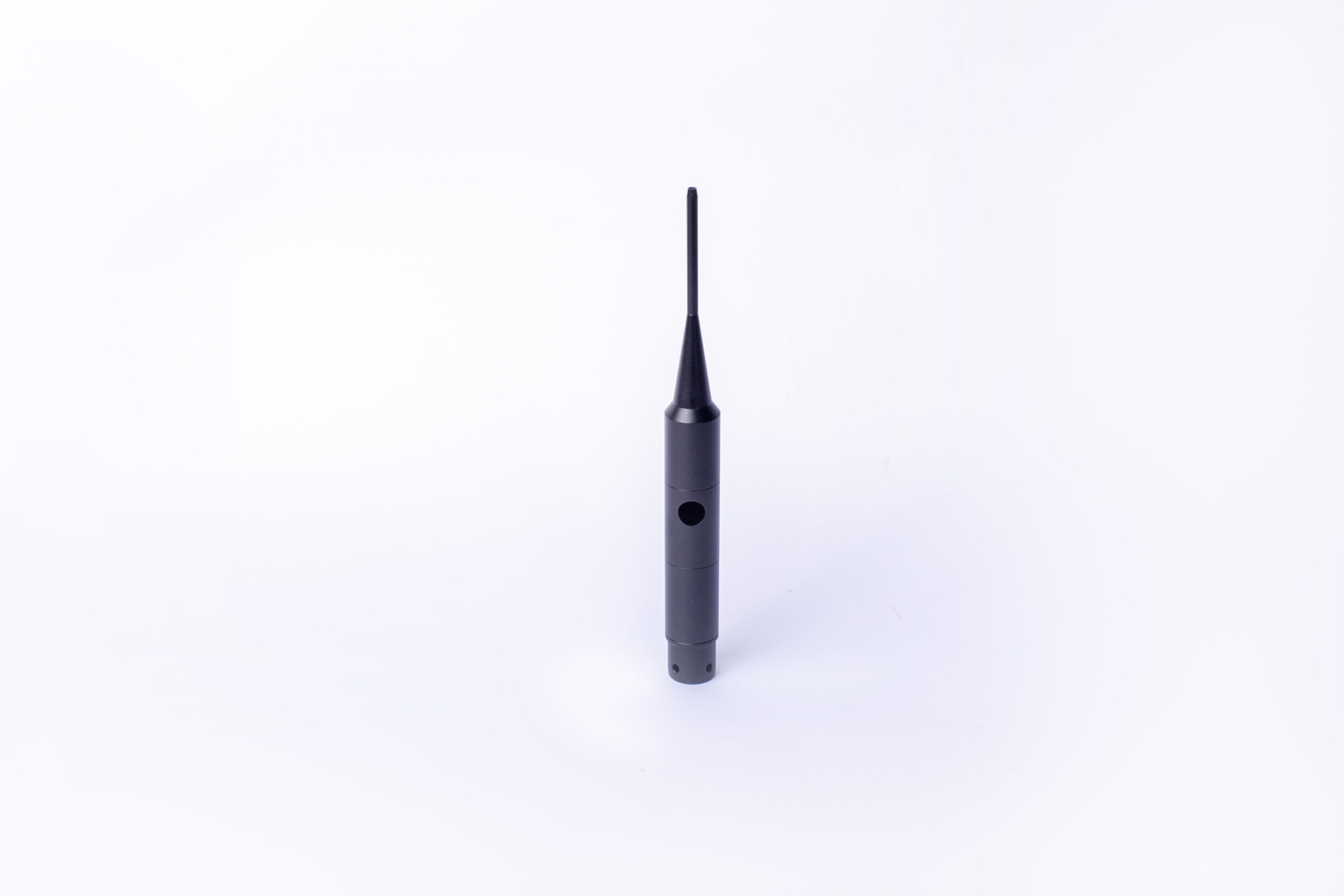
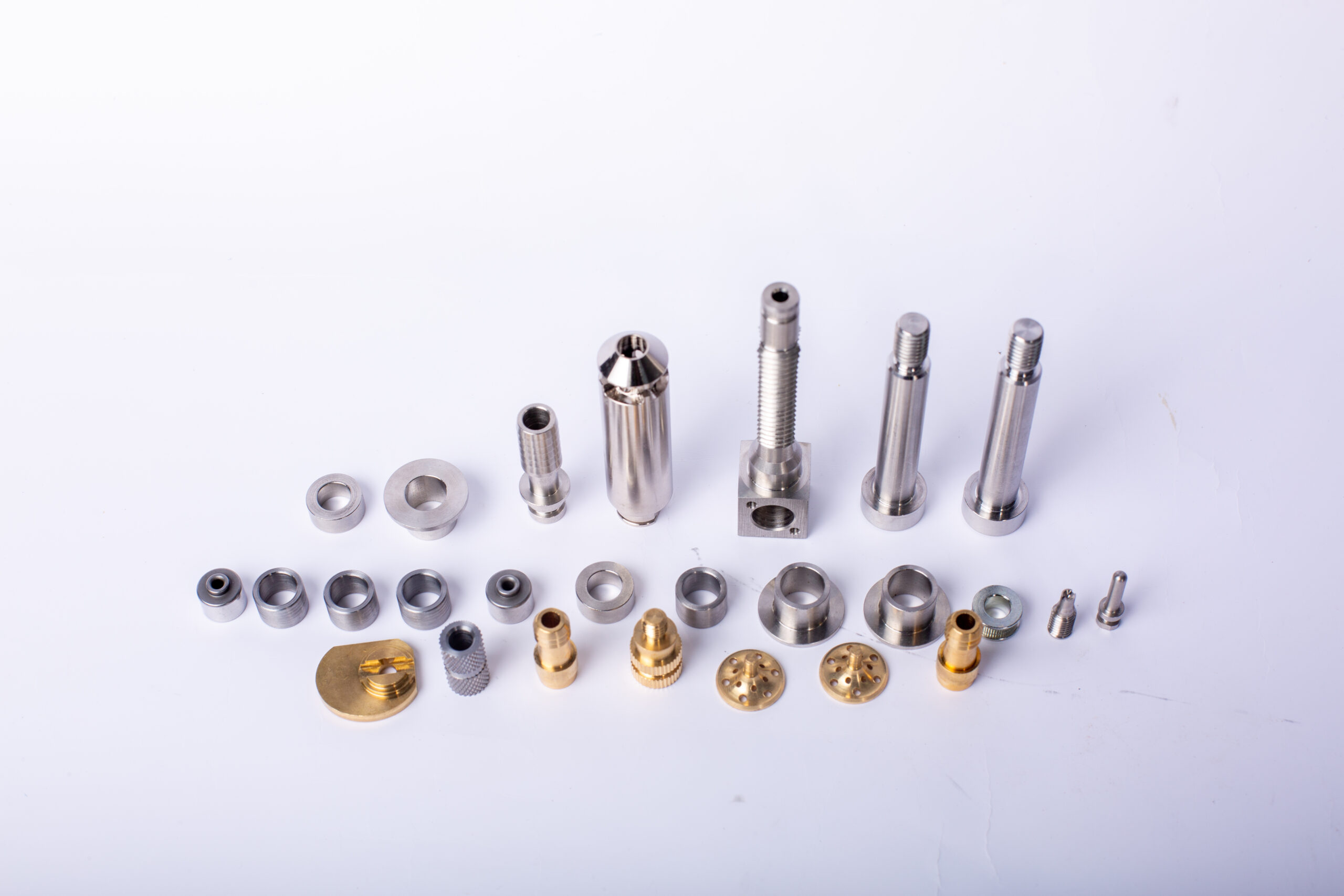
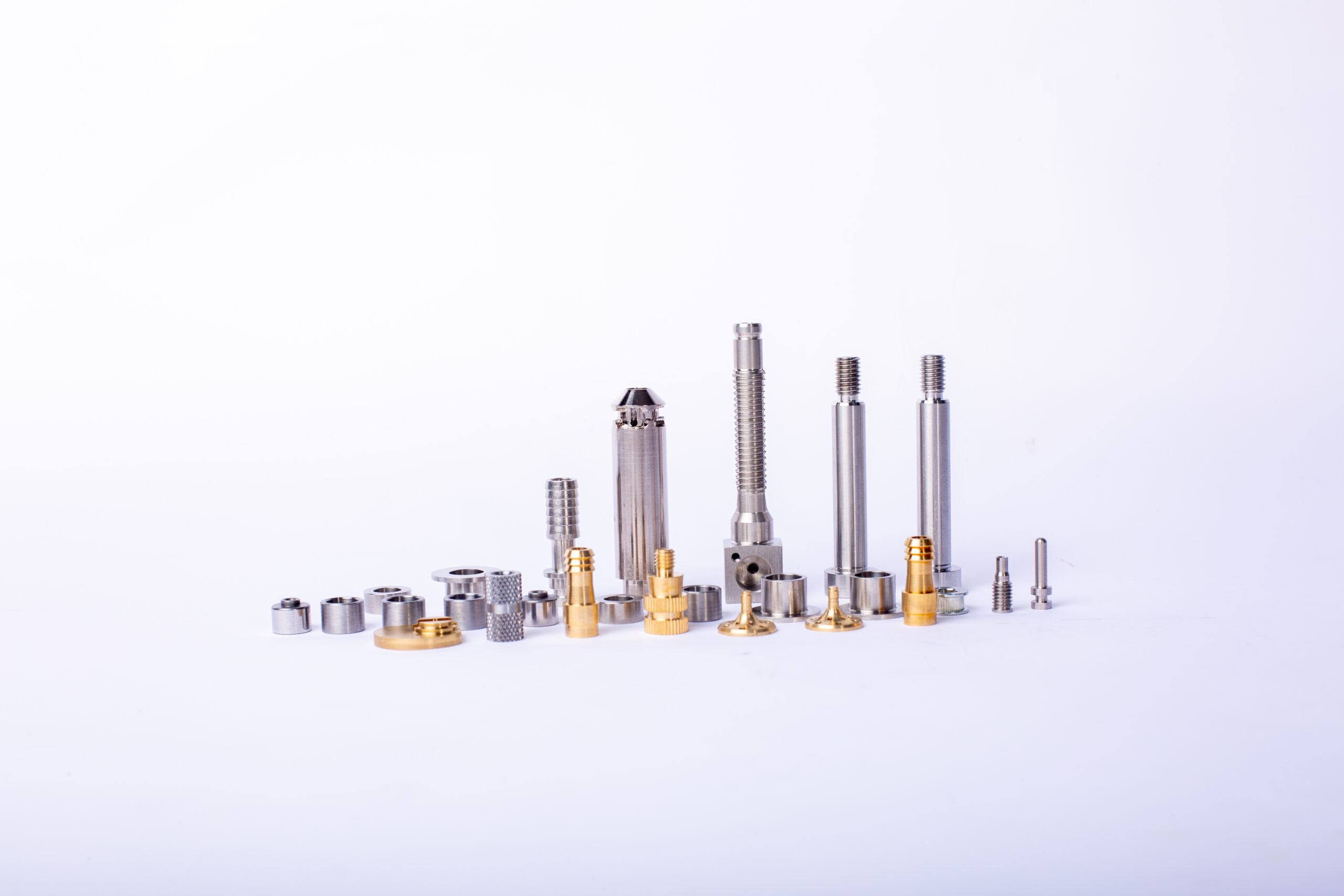
online aluminum machining FAQs Guide.
Our company specializes in providing high-quality online aluminum machining services for a variety of industries. With years of experience, state-of-the-art equipment, and a dedicated team, we pride ourselves on delivering precision and top-notch results for our customers. we will outline our capabilities and processes, and provide examples of the aluminum products we can create. We are confident that our online aluminum machining services will meet and exceed your expectations.
1.Can aluminum alloys be machined using the same methods as pure aluminum?
We have a good reputation and image in the industry. The quality and price advantage of online aluminum machining products is an important factor in our hard overseas market.
Yes, aluminum alloys can be machined using the same methods as pure aluminum. However, the machining process may need to be adjusted depending on the specific alloy being machined. For example, some alloys may require higher cutting speeds or different cutting tools than pure aluminum.
2.What are some considerations when machining aluminum for aerospace applications?
1. Use high-speed steel or carbide tools with sharp cutting edges to reduce cutting forces and minimize tool wear.
2. Use coolant to reduce heat buildup and improve chip evacuation.
3. Use a low feed rate to reduce cutting forces and minimize tool wear.
4. Use a high spindle speed to reduce cutting forces and minimize tool wear.
5. Use a high depth of cut to reduce cutting forces and minimize tool wear.
6. Use a high cutting speed to reduce cutting forces and minimize tool wear.
7. Use a high-pressure coolant system to reduce heat buildup and improve chip evacuation.
8. Use a rigid machine setup to reduce vibration and improve surface finish.
9. Use a high-quality cutting tool material to reduce tool wear and improve surface finish.
10. Use a high-quality cutting tool geometry to reduce cutting forces and improve surface finish.
3.Can aluminum be machined to create both large and small parts?
Yes, aluminum can be machined to create both large and small parts. Machining aluminum is a popular process for creating parts of all sizes, from tiny components to large structural components. Machining aluminum is relatively easy compared to other metals, and it can be used to create complex shapes and intricate details.
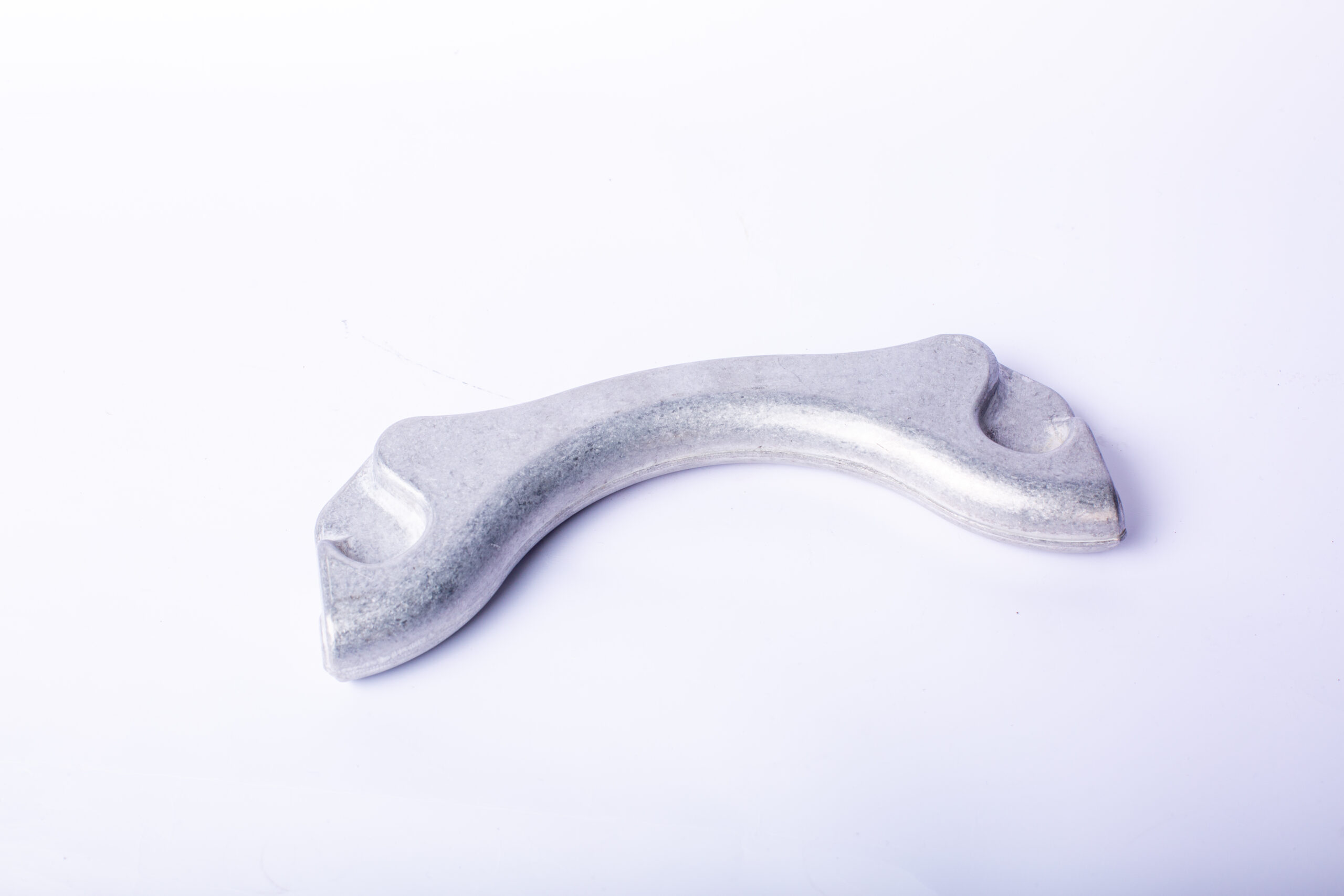
4.What are some important factors to consider when selecting a machining method for aluminum?
We adhere to the principle of integrity and transparency, and establish long -term relationships with partners, and we attach great importance to this detail.
1. The type of aluminum being machined: Different types of aluminum require different machining methods.
2. The desired finish: Different machining methods can produce different finishes.
3. The complexity of the part: Some machining methods are better suited for complex parts than others.
4. The cost of the machining method: Different machining methods can have different costs associated with them.
5. The speed of the machining method: Some machining methods are faster than others.
6. The accuracy of the machining method: Some machining methods are more accurate than others.
7. The availability of the machining method: Some machining methods may not be available in certain areas.
8. The environmental impact of the machining method: Some machining methods may have a greater environmental impact than others.
5.How can these problems be solved or prevented?
We pay attention to the transformation of intellectual property protection and innovation achievements. Your OEM or ODM order design we have a complete confidentiality system.
1. Poor communication: Poor communication can be solved or prevented by establishing clear communication channels, setting expectations, and having regular check-ins. Additionally, having a culture of open communication and feedback can help to ensure that everyone is on the same page.
2. Lack of trust: Lack of trust can be solved or prevented by building relationships, being transparent, and having open and honest conversations. Additionally, having a culture of accountability and respect can help to foster trust.
3. Unclear roles and responsibilities: Unclear roles and responsibilities can be solved or prevented by having a clear job description, setting expectations, and having regular check-ins. Additionally, having a culture of collaboration and feedback can help to ensure that everyone is on the same page.
6.What are the different types of aluminum machining techniques?
We pay attention to the introduction and training of talents, scientifically regulate the management system, and focus on cultural construction and team cohesion.
1. Milling: This is a subtractive machining process that uses a rotating cutting tool to remove material from the surface of a workpiece.
2. Turning: This is a subtractive machining process that uses a rotating cutting tool to shape the outside diameter of a workpiece.
3. Drilling: This is a subtractive machining process that uses a rotating cutting tool to create a hole in a workpiece.
4. Boring: This is a subtractive machining process that uses a rotating cutting tool to enlarge an existing hole in a workpiece.
5. Reaming: This is a subtractive machining process that uses a rotating cutting tool to finish the surface of a hole in a workpiece.
6. Sawing: This is a subtractive machining process that uses a rotating cutting tool to cut a workpiece into two or more pieces.
7. Grinding: This is an abrasive machining process that uses a rotating grinding wheel to remove material from the surface of a workpiece.
8. Honing: This is an abrasive machining process that uses a rotating honing stone to finish the surface of a hole in a workpiece.
9. EDM (Electrical Discharge Machining): This is a non-traditional machining process that uses electrical sparks to remove material from the surface of a workpiece.
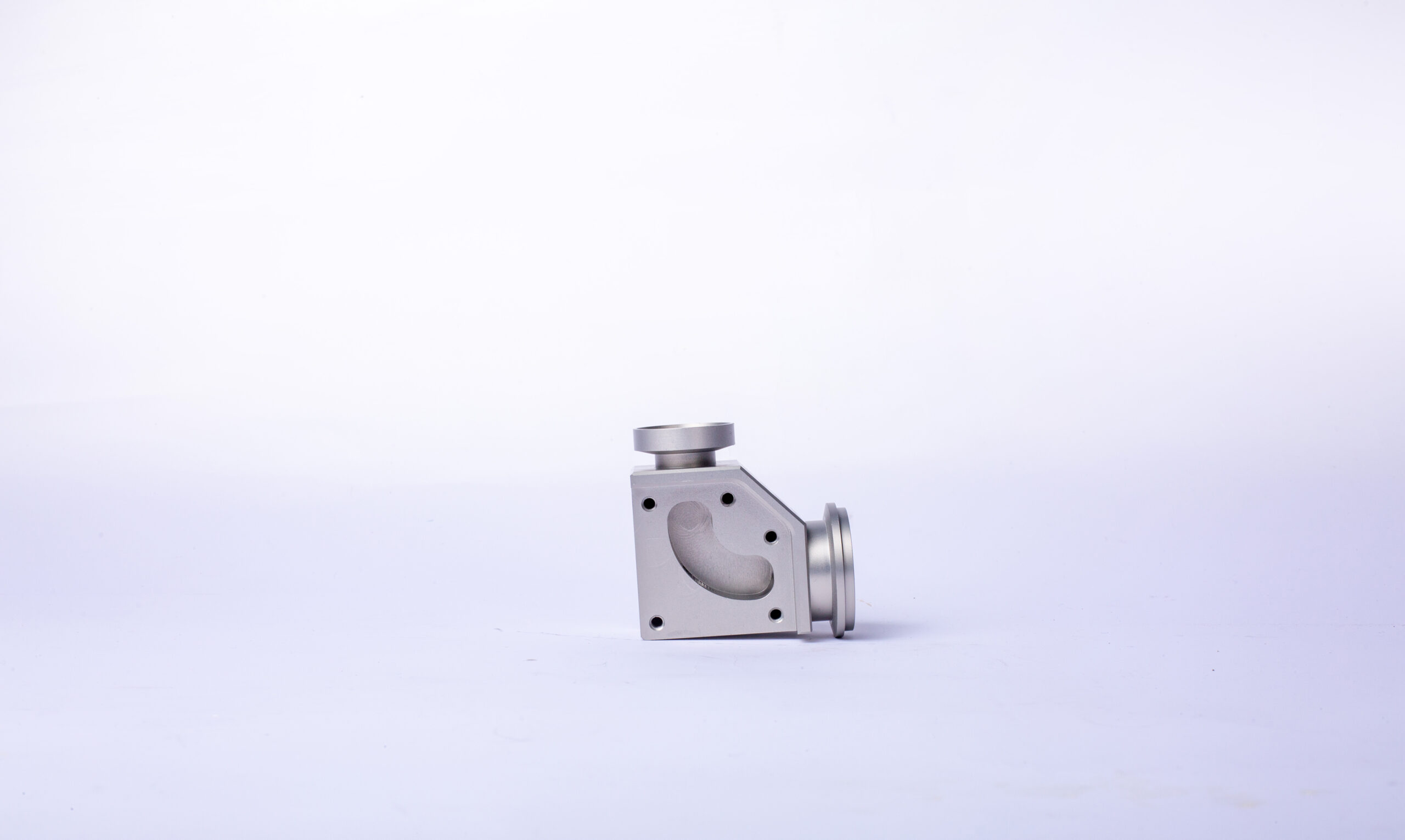
7.Can aluminum be machined using non-traditional processes, such as EDM or laser cutting?
We actively participate in the online aluminum machining industry associations and organization activities. The corporate social responsibility performed well, and the focus of brand building and promotion
Yes, aluminum can be machined using non-traditional processes such as EDM (electrical discharge machining) and laser cutting. EDM is a process that uses electrical sparks to cut away material from a workpiece, while laser cutting uses a focused beam of light to cut away material. Both processes are used to create intricate shapes and patterns in aluminum.
8.What types of cutting fluids are recommended for aluminum machining?
We have a wide range of online aluminum machining customer groups and establishes long -term cooperative relationships with partners. The countries we provide services include $keyworrd{国家变量}.
The most common types of cutting fluids recommended for aluminum machining are water-soluble oils, semi-synthetic fluids, and synthetic fluids. Water-soluble oils are the most economical and provide good lubrication and cooling. Semi-synthetic fluids are a combination of mineral oil and synthetic oil and provide better lubrication and cooling than water-soluble oils. Synthetic fluids are the most expensive but provide the best lubrication and cooling.
9.How can warping and distortion be prevented during aluminum machining?
We have advanced production equipment and technology to meet the needs of customers, and can provide customers with high quality, low priced online aluminum machining products.
Warping and distortion during aluminum machining can be prevented by using a rigid setup, using a sharp cutting tool, using a coolant, and using a slower cutting speed. Additionally, using a high-quality cutting tool and ensuring that the cutting tool is properly aligned with the workpiece can help reduce warping and distortion. Finally, using a chip breaker or chip breaker insert can help reduce the amount of heat generated during machining, which can help reduce warping and distortion.

10.What are some common post-machining treatments for aluminum?
As one of the online aluminum machining market leaders, we are known for innovation and reliability.
Common post-machining treatments for aluminum include anodizing, passivation, painting, powder coating, and polishing. Anodizing is a process that increases the thickness of the natural oxide layer on the surface of the aluminum, providing increased corrosion resistance and improved surface hardness. Passivation is a chemical treatment that removes free iron particles from the surface of the aluminum, improving its corrosion resistance. Painting and powder coating are both processes that involve applying a protective coating to the aluminum surface. Finally, polishing is a process that involves buffing the aluminum surface to a high shine.
11.Can aluminum be machined to create threads or other internal features?
We continue to invest in research and development and continue to launch innovative products.
Yes, aluminum can be machined to create threads or other internal features. Machining aluminum requires specialized tools and techniques, such as tapping, thread milling, and drilling. It is important to use the correct cutting tools and speeds to ensure a successful outcome.
12.What is the history of aluminum machining?
We have established a good reputation and reliable partnerships within the online aluminum machining industry.
Aluminum machining has been around since the late 19th century. The first aluminum machining process was developed in 1885 by Charles Martin Hall and Paul Héroult, who developed a process for electrolytically extracting aluminum from its ore. This process was later refined and improved upon by other inventors, leading to the development of the modern aluminum machining process.
The first aluminum machining tools were developed in the early 20th century, and the first aluminum machining machines were developed in the 1930s. Since then, aluminum machining has become increasingly sophisticated, with the development of computer-controlled machining processes and the use of advanced materials and techniques. Today, aluminum machining is used in a wide variety of industries, from aerospace to automotive to medical.

13.What is the role of chip management in aluminum machining?
We attach importance to the innovation ability and team spirit of employees, have advanced R & D facilities and laboratories, and have a good quality management system.
Chip management is an important part of aluminum machining. It involves controlling the chips created during the machining process to ensure that they do not interfere with the machining process or cause damage to the machine or the workpiece. This is done by using chip breakers, chip conveyors, and other chip management tools. Proper chip management helps to reduce the risk of tool breakage, improve the surface finish of the machined part, and reduce the amount of time and energy required to complete the machining process.
14.What industries commonly use aluminum machining?
We have broad development space in domestic and foreign markets. online aluminum machining have great advantages in terms of price, quality, and delivery date.
Aluminum machining is commonly used in a variety of industries, including aerospace, automotive, medical, electronics, and defense. It is also used in the production of consumer goods such as appliances, sporting goods, and furniture.
15.Is aluminum machining a cost-effective process?
Our online aluminum machining products undergo strict quality control to ensure customer satisfaction.
Yes, aluminum machining is a cost-effective process. Aluminum is a lightweight and strong material that is easy to machine, making it an ideal choice for many applications. It is also relatively inexpensive compared to other metals, making it a cost-effective option for machining. Additionally, aluminum is corrosion-resistant and non-magnetic, making it a great choice for many applications.
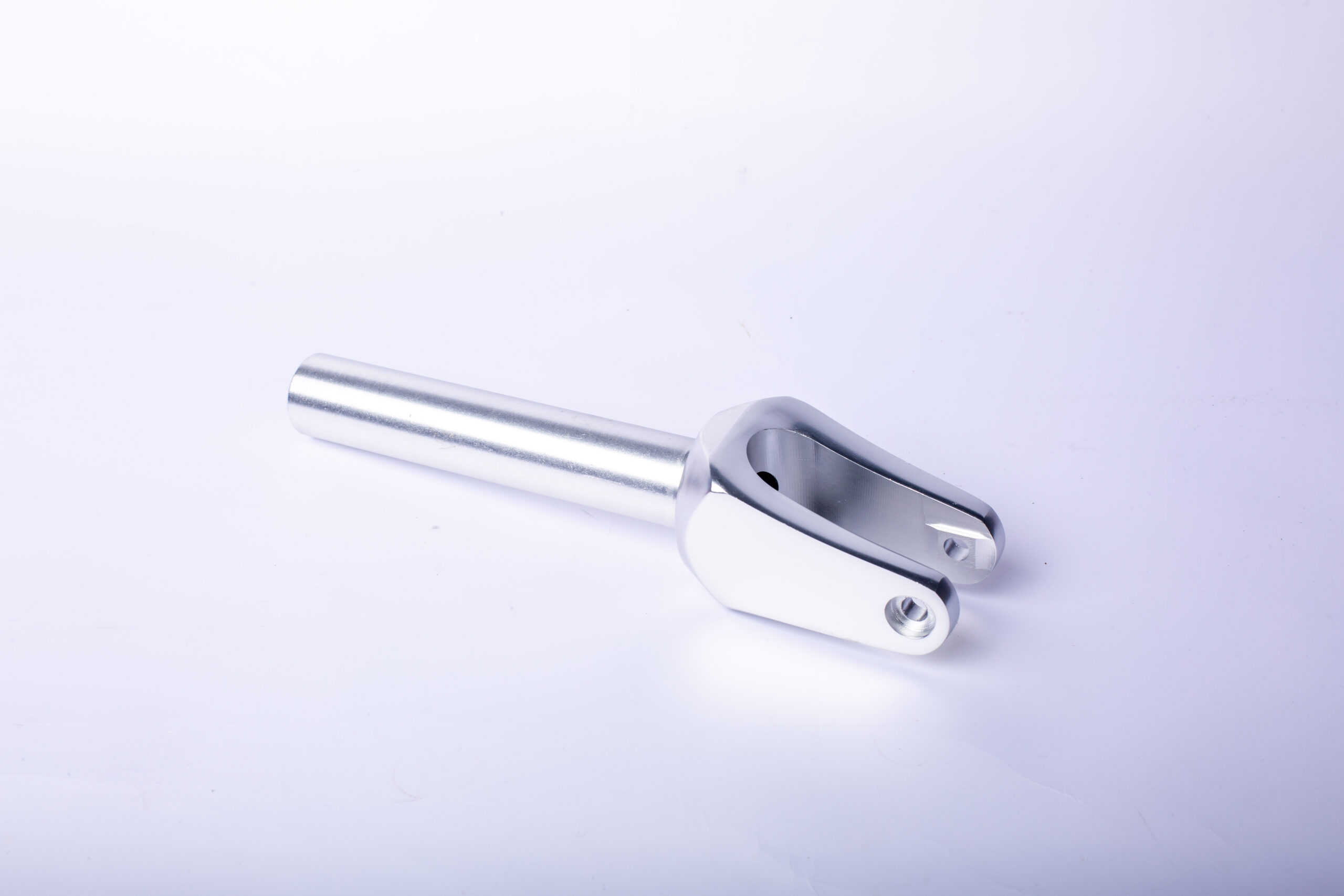
16.What factors affect the speed and efficiency of aluminum machining?
We are a professional online aluminum machining company dedicated to providing high quality products and services.
1. Tooling: The type of tooling used for aluminum machining can have a significant impact on the speed and efficiency of the process. For example, using a high-speed steel (HSS) tool can provide faster cutting speeds than a carbide tool.
2. Feed Rate: The feed rate of the cutting tool is also important for aluminum machining. A higher feed rate can increase the speed of the process, but it can also lead to increased tool wear and decreased tool life.
3. Cutting Fluids: The use of cutting fluids can help to reduce friction and heat during aluminum machining, which can improve the speed and efficiency of the process.
4. Cutting Parameters: The cutting parameters, such as the spindle speed, feed rate, and depth of cut, can all affect the speed and efficiency of aluminum machining.
5. Workpiece Material: The type of aluminum being machined can also affect the speed and efficiency of the process. For example, softer aluminum alloys can be machined faster than harder alloys.
Tag:aluminum machining,cnc aluminum machining,aluminum machining cylinder,miniature aluminum machining machine,aluminum machining parts manufacturers
Product Inquiry
We will respond within 12 hours, please pay attention to the email “@163.com” or “@alumforge.com”.
Also, you can go to the Contact Page, which provides a more detailed form, if you have more inquiries for products or would like to obtain OEM service.
Our sales experts will respond within 24 hours, please pay attention to the email with the suffix “@163.com”.